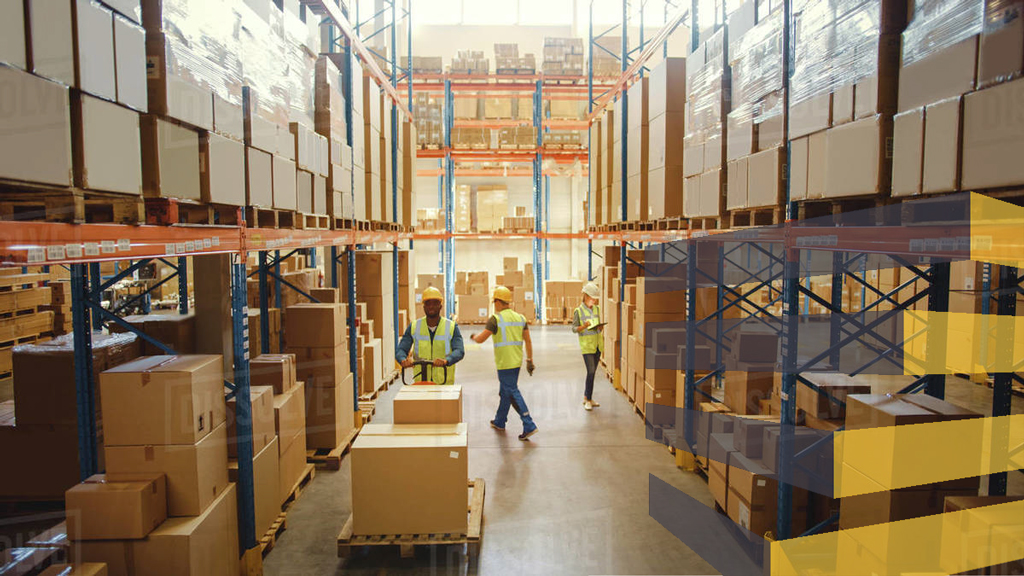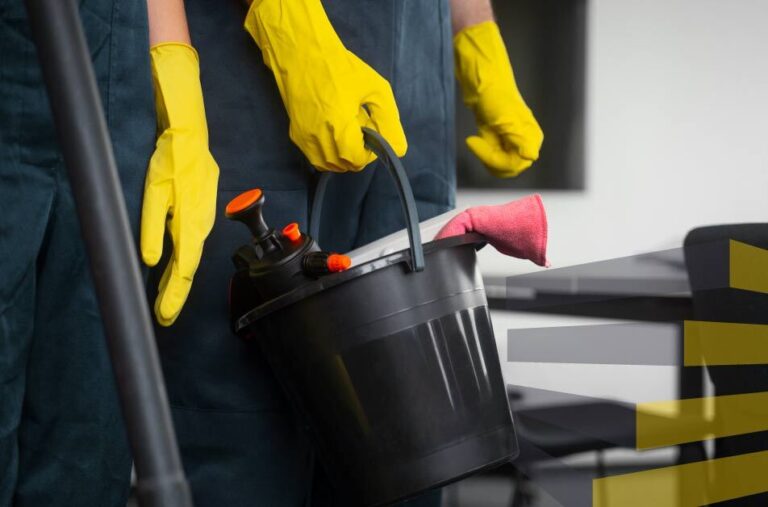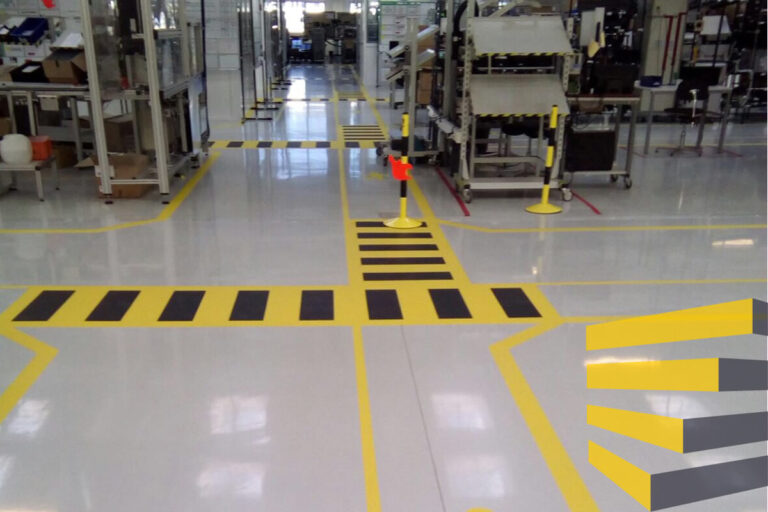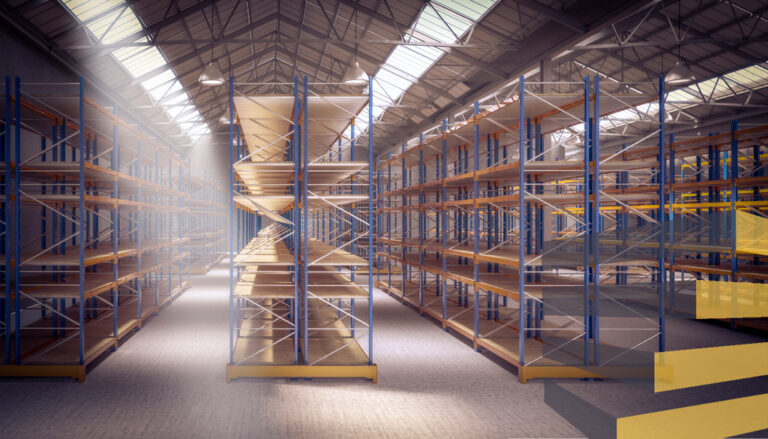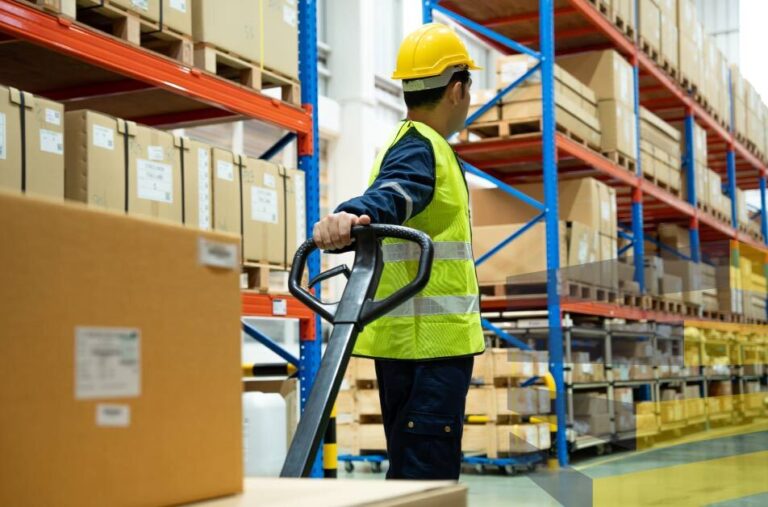Table of Contents
Minimizing any risk within storage businesses and distribution centers is indispensable to operate smoothly, and one of the easiest ways to achieve this is by implementing warehouse safety standards.
A safety standard is a rule, action, or practice that helps maintain safe workplaces. Its creation depends on the industry, the type of goods stored, the number of employees, the conditions of the property, and the territory where it is located. Warehouse safety standards cover the various risks within these facilities.
Most accidents can be anticipated and avoided, or at least mitigated. It will never be possible to take away the threat of accidents, but by keeping the chances as low as possible, you will suffer less disruption to the smooth running of your facility.
Warehouse safety standards are essential because these establishments handle heavy or delicate goods, use machinery such as forklifts, and there are dangerous areas, either because of their conditions or due to the type of substances they contain.
SEE ALSO: Warehouse setup consultant: 4 great reasons to hire an expert
To safeguard workers, governments have established warehouse safety standards. In the United States, for example, these regulations are monitored by the Occupational Safety and Health Administration (OSHA); in Brazil, warehouses operate under the Brazilian National Standards Organization (ABNT) regulations, while Mexico has the Secretariat of Labor and Social Welfare (STPS).
At Serviap Logistics, we understand the importance of warehouse safety standards. That’s why wherever we offer our signage, labeling, floor marking, collision protection installation, equipment assembly, and project management services, we follow the local regulations.
Contact us if you need a warehouse setup consultant to help you comply with safety regulations in your warehousing business or distribution center. We operate in the United States, Brazil, and Mexico.
Warehouse safety standards for smooth operations
1) Use safety gear
One of the primary warehouse safety standards is to use personal protective equipment (PPE) correctly and of appropriate quality. PPE is any device designed to protect employees from risks that may threaten their safety in the workplace. Working in a warehouse means exposure to risky situations, so PPE will primarily protect employees’ heads, hands, and eyes.
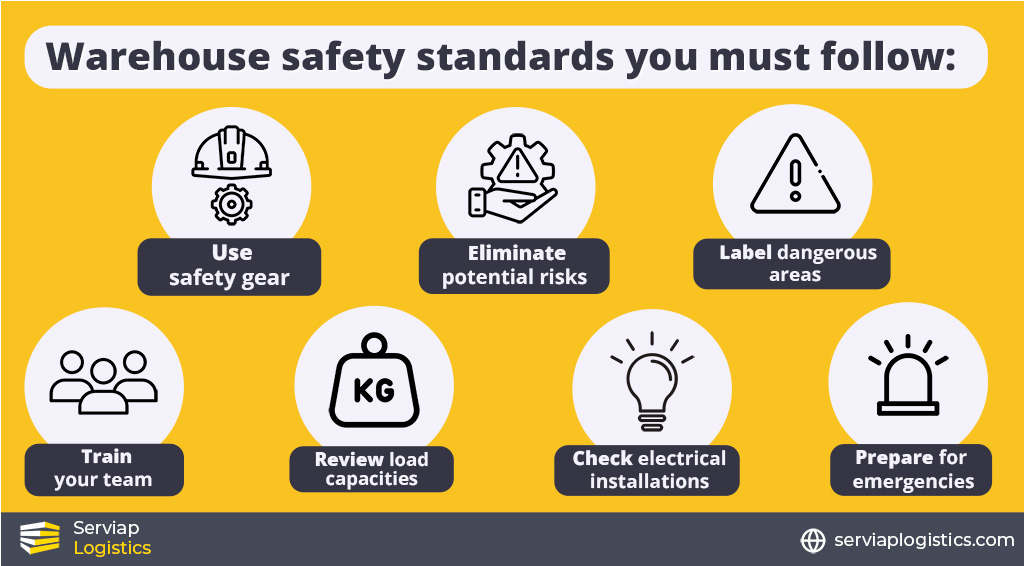
Hard hats, for example, are designed to cushion impacts, punctures, or flames. Hands are the most exposed part of the body, so workers are often required to use special gloves of a certain thickness. For eye care, goggles should be worn to protect the eyeballs from chemical splashes, dust, aerosols, or radiation.
Footwear is also part of PPE. It should not only protect the feet from the impact of heavy products but also reduce the feeling of fatigue and provide support. Earmuffs and earplugs protect operators from noise, while special suits are indispensable when handling toxic substances.
2) Eliminate potential risks
Prevention will always be the key to minimizing any dangerous scenario or situation threatening workers’ health. Therefore, one of the warehouse safety standards is identifying and evaluating risk factors. To recognize potential hazards, operators must regularly check their facilities and equipment, although experts can also be hired for warehouse racking inspection, for example.
During these inspections, it is necessary to check, among other things, that the equipment is in optimal condition and that there are no screws out of place, boards in poor state, dents, or rust. If necessary, affected parts or an entire structure must be replaced. Checking and replacing before an accident saves valuable time and money.
SEE ALSO: 5 critical warehouse packaging considerations you must get right
Eliminating potential risks also has to do with the proper storage of goods. This will prevent products from slipping, falling, collapsing, and depleting the inventory, but above all, from hurting anyone nearby. This will need to be reinforced regularly.
3) Label dangerous areas
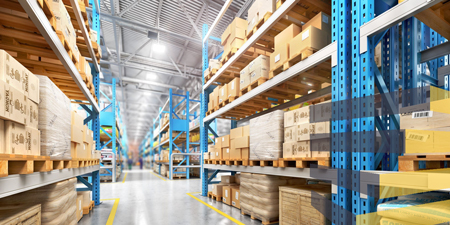
A warehouse setup checklist helps, for example, to plan the location of shelving and space optimization, but also to design labeling systems, floor markings, and all those signs that help to maintain safety within the facility. Marking dangerous areas warns personnel and makes them more conscious of the warehouse safety standards.
For this reason, signage should be brightly colored, easy to read, follow a pattern of colors and shapes, and even use lights and sounds to attract workers’ attention. In a warehouse, staff and visitors can be exposed to multiple hazards, so it is necessary, in addition to signage in high-risk areas, to use caution signs for biohazards and fire safety, among others.
It may seem unnecessary, but indicating that spilled water is being mopped up in an aisle or that cleaning personnel are in a particular area can prevent accidents such as an employee slipping. These signs are not permanent, but rather kept in a secure area to be deployed when needed.
4) Train your team
Warehouse safety standards also indicate that constant personnel training is necessary since workers must know everything from how to stack a pallet rack to how to react in an emergency, such as a spill of a corrosive substance. In addition, special machineries, such as forklifts and cranes, must be operated by trained and certified operators.
This security requirement ensures that these vehicles are inspected before use, are driven at a certain speed, and are not overloaded. Training personnel also involves communicating to them all kinds of safety labels, from the colors and shapes of signage and their meaning, to how they should put on personal safety equipment.
The correct handling of certain products, first aid courses, and even how to use a fire extinguisher are all part of the internship that should be given to warehouse workers to protect their health and that of their colleagues.
5) Review load capacities
Warehouse safety standards specify what to do about handling goods and materials, from loading and unloading to sorting, labeling, storing, and the load capacities of the structures where they will be placed.
Regarding this last point, employees of a storage business or distribution center must be aware of how much weight a pallet, rack, forklift, or any other equipment can support. Staff should be aware that heavier products must be placed on lower shelves and that these should not overhang aisles, which could lead to tripping and major accidents in storage areas.
Indicating load capacities and maximum storage height will not only help prolong the life of storage equipment by not overloading it but will also prevent goods from falling, getting damaged, and injuring someone.
6) Check electrical installations
A poorly performed electrical installation with low-quality materials or exposed wiring can result in a power outage inside the storage business or distribution center. Also, a faulty electrical installation can lead to a short circuit that, if not checked in time, can cause a fire within the facilities that put both the stored goods and personnel in danger.
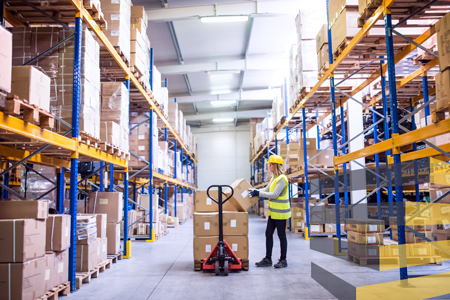
For these reasons, warehouse safety standards indicate that it is necessary to review at least twice a year to detect broken or punctured cables, lamps and reflectors malfunctioning, or even that the voltage required in the establishment is correct.
Although there are trained personnel within the warehouse who can check the electrical installation, hiring a specialist, such as an electrician or an engineer with expertise in electrical equipment and lighting, is best.
7) Prepare for emergencies
Finally, the warehouse safety standards establish that these facilities and distribution centers must have a written emergency control plan indicating what to do in case of gas leaks, fires, spills involving toxic products, or earthquakes.
As part of this preparation, it is also necessary to have industrial firefighting equipment, from a basic hand-held fire extinguisher to a complex fire sprinkler and suppression system.
Proper signage of emergency exits, understanding the direction of the flow of goods, pedestrians, and forklifts, knowing where special equipment is located in the event of an incident, and ongoing training of operators will help to reinforce safety in the warehouse.
Serviap Logistics helps you with warehouse safety standards
At Serviap Logistics, we help our customers operate their storage businesses and distribution centers following the warehouse safety standards that apply in their territories, whether in the United States, Brazil, or Mexico.
Our services include warehouse racking, labeling, signage, floor marking, collision protection installation, and equipment assembly. We also assist in project management, from planning and supervising a new warehouse to remodeling or relocation.
Thanks to the personalized attention we provide and the quality of our services, some of the world’s largest companies are among our satisfied customers and partners. They come from various industries, including automotive, e-commerce, and wholesale.
Contact us if you are about to open or relocate a storage facility. We can help you to comply with your country’s warehouse security standards. And if you want to learn more about keeping your business secure, check out the rest of our coverage.



